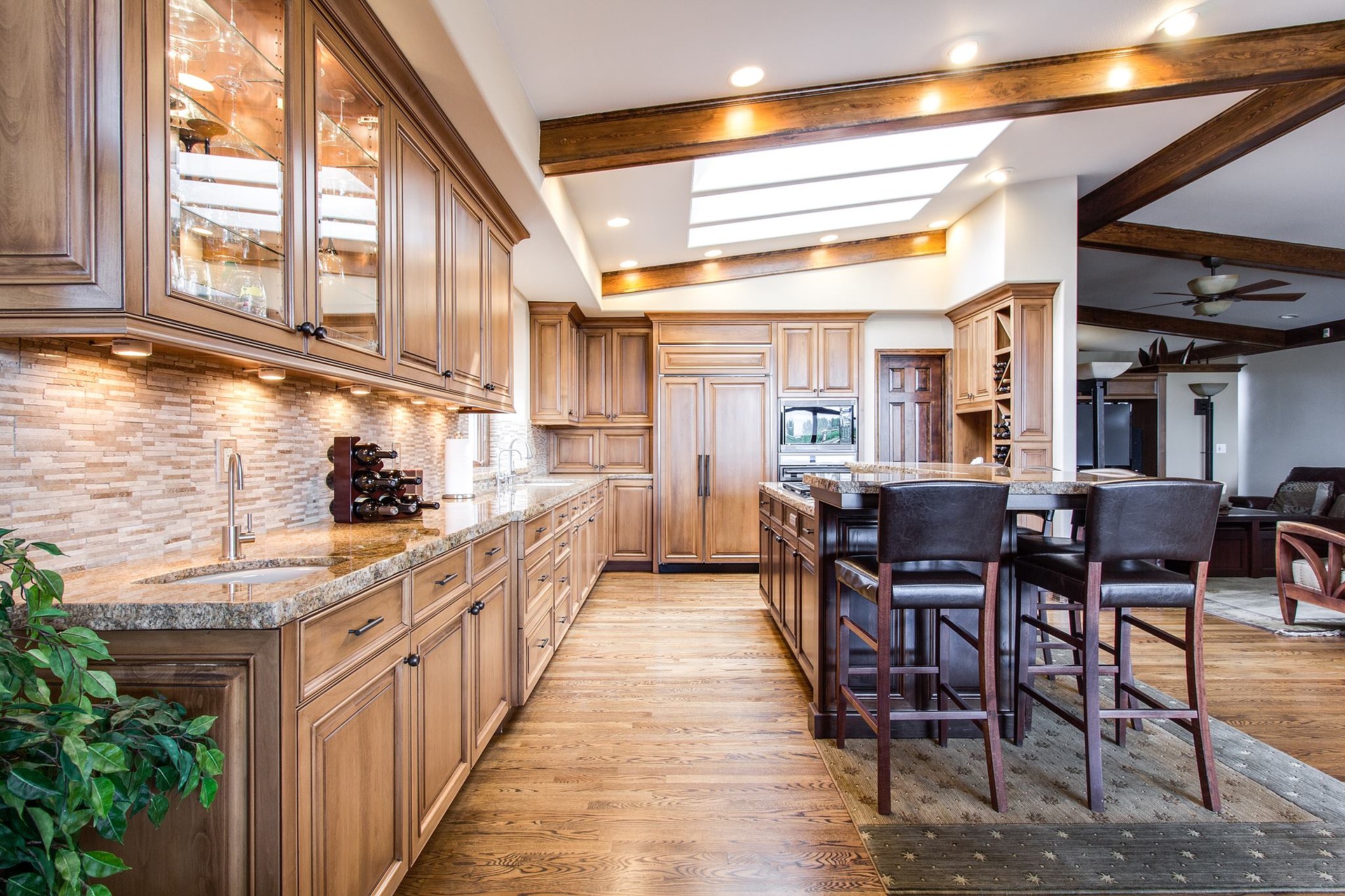Home Improvement – Interior Design Beginners Tips

As college students, newly weds, young parents, or even veterans in the marriage arena, your home can be a place of refuge that you can call your own and also personalize to your own tastes and desires. However, it can sometimes be tricky to know how to arrange or decorate your house, especially if you can’t afford an interior designer or decorator.
While an interior designer or decorator might be wonderful to hire at some point in our lives, here are some beginner tips on how to arrange and manage the interior design of your own home. They are easy to follow and also give you a sense of power and understanding surrounding your own home.
First of all, lets get the definition straight of an interior designer versus an interior decorator. An interior designer understands how and why people behave so they can create a functional space specific to an individual or commercial business. An interior decorator, on the other hand, furnishes a space with items that are in fashion, beautiful, etc. While an interior designer can design and decorate, a decorator can decorate but cannot design.
Now, a few starter tips to improving the space of your home:
- Scale vs. Proportion: Scale is the actual size of an object while proportion is how big or small an object feels in relation to another object or to the room as a whole. So, have you ever felt like your space just isn’t big enough? Maybe its not the size of the room, but rather the scale and proportion of your furniture. Recently I felt the same way about my living room, but after removing our rather large scaled coffee table, the room seemed to double in size.
- Balance: Having balance, whether it be symmetrical, asymmetrical, or radial, can help a room feel bigger, smaller, more calming and familiar, and more! Symmetry can help you understand, organize, and control your space better.
- Emphasis: A common feature of emphasis is having a focal point in your space. Do you feel like there is so much going on in your space that you don’t even know where to start organizing, cleaning, or decorating? You might be having an emphasis problem. Creating a focal point can help your space feel less chaotic. This can be done through adding some color, a focal piece of furniture, etc. If you have too much of one color or too many demanding pieces of furniture, you will lose this sense of emphasis.
- Harmony: Harmony includes variety and unity. You want your space to have some variety to it, so as not to be overly boring, but it also needs unity so the space and all its elements go together. A good rule of thumb, is that if you are going to add a new element to your space (e.g., a new color), you need to add it at least three times so that the space maintains a sense of unity and not too much variety.
Of course, there are many more factors and details that go into making a good design, but hopefully these few will put you on the right path to evaluating your home and creating a more perfect space for you and your family.
All of these facts and principles came from the textbook, Interior Design by Stephanie A. Clemons and published through The Goodheart-Willcox Company, Inc. This is a great place to start to learn more.
1 thought on “Home Improvement – Interior Design Beginners Tips”
You must be logged in to post a comment.